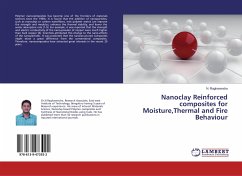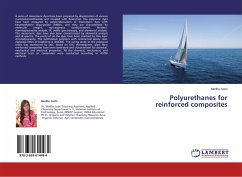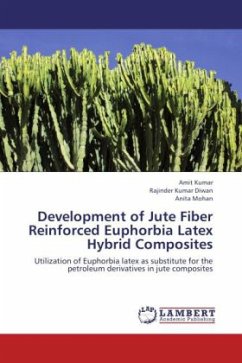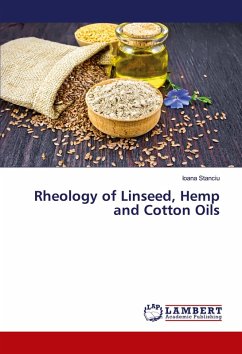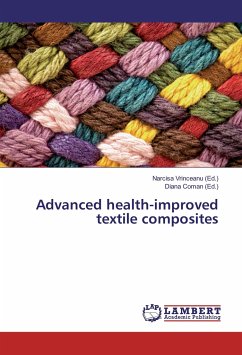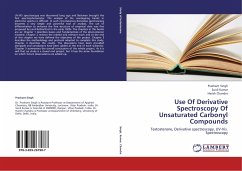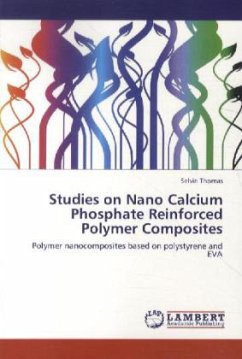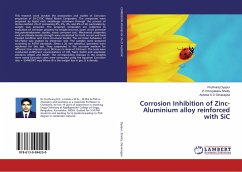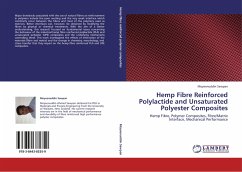
Hemp Fibre Reinforced Polylactide and Unsaturated Polyester Composites
Hemp Fibre, Polymer Composites, Fibre/Matrix Interface, Mechanical Performance
Versandkostenfrei!
Versandfertig in 6-10 Tagen
52,99 €
inkl. MwSt.

PAYBACK Punkte
26 °P sammeln!
Major drawbacks associated with the use of natural fibres as reinforcement in polymers include the poor wetting and the very weak interface which commonly occur between the fibres and most of the polymers used as matrices. Better interfaces can, however, be obtained by modifying the fibres by physical or chemical treatments. With the aim of a better understanding, this research focused on fundamental issues concerning the behaviour of the industrial hemp fibre reinforced polylactide (PLA) and unsaturated polyester (UPE) composites and the underlying mechanisms controlling these. This work inve...
Major drawbacks associated with the use of natural fibres as reinforcement in polymers include the poor wetting and the very weak interface which commonly occur between the fibres and most of the polymers used as matrices. Better interfaces can, however, be obtained by modifying the fibres by physical or chemical treatments. With the aim of a better understanding, this research focused on fundamental issues concerning the behaviour of the industrial hemp fibre reinforced polylactide (PLA) and unsaturated polyester (UPE) composites and the underlying mechanisms controlling these. This work investigated the effects of interaction of the materials (fibre and matrix) and the change in chemistry, morphology, and stress transfer that they impart on the hemp fibre reinforced PLA and UPE composites.






